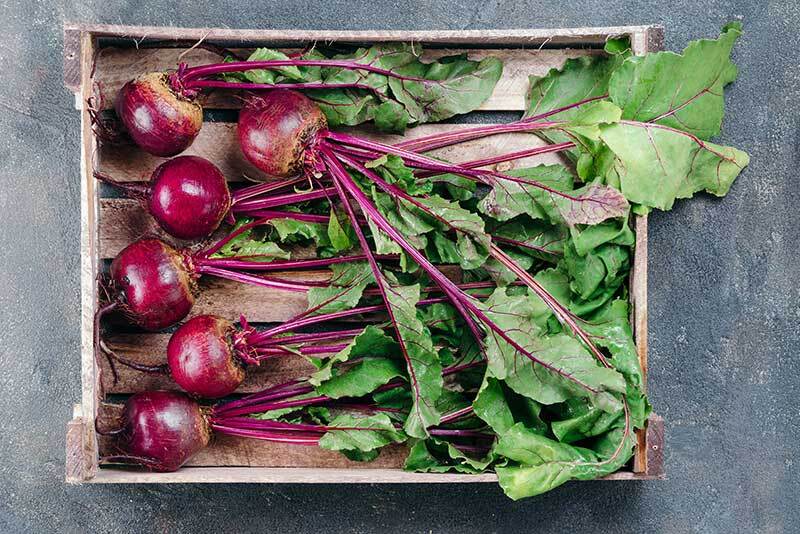It has been said that the more colorful foods lead to healthier diets, and the more colorful veggies and fruits your meal includes, the more nutrients you’re eating. In simple words, to make sure that you’re eating a healthy dinner is to look at how many different colors your meals represent. Food that catches the eye can grip the taste buds too. There is no second thought that rainbow food sparks our appetite, and colorful diet play a significant role in it.
The covid-19 has taught us to value antioxidants and vitamins that help our body boost resistance power and immunity. To illustrate the importance of a healthy eating plate, health professionals often advise you to “colorful diet.”
Why should one opt for a colorful and balanced diet?
Those fresh spring flowers or like that action-packed superhero movie, some things are just better in color. And your diet is no different. Packing your plate with various colorful veggies and fruits is a proven way to arm your immune system with powerful nutrients.
Simply put, eating a colorful diet involves eating veggies and fruits of different colors every day and in each meal. Plants contain different phytonutrients or pigments which give them their color. Different-colorful veggies, fruits, and herbs are associated with higher specific nutrients and health benefits.
Almost all studies show that regularly eating colorful foods leads to healthy diets with no downsides. By combining various colors in your diet, you’re giving your body an array of minerals, vitamins, and phytochemicals to benefit your health.
Colorful Diet
Each color represents a different set of nutrients and phytochemicals that may benefit your health. The following sections detail sample foods, their main vitamins, phytonutrients, minerals, and colorful diet’ health benefits.
Note: when it comes to minerals and vitamins, levels can vary for each vegetable, fruit, or herb.
1. Red and Dark Red

Fruits and Veggies
- Beets
- Tomatoes
- Watermelon
- Pink guava
- Grapefruit
Health benefits
- Anti-inflammatory.
- Support athletic performance through increased oxygen uptake in the body.
- Antioxidants
- May decrease the risk of high – blood pressure.
- May benefit heart health.
- Reduce your risk of certain cancers.
- May reduce sun-related skin damage.
2. Orange and Yellow

Fruits and veggies
- Carrots
- Sweet potatoes
- Mangoes
- Yellow peppers
- Pineapple
- Bananas
- Pumpkin
- Winter squash
- Orange
- Corn
Health benefits
- Anti-inflammatory
- May lower your risk of cancer
- Antioxidant
- May benefit heart health
- Supports eye health
3. Green

Fruits and veggies
- Spinach
- Kale
- Broccoli
- Green cabbage
- Green apples
- Kiwi
- Pears
- Olives
- Brussels sprouts
- Spinach
Health benefits
- Anti-inflammatory
- Antioxidant
- Reduce your risk of heart disease and cancer
4. Blue and Purple

Fruits and Veggies
- Blackberries
- Grapes
- Red/Purple cabbage
- Eggplant
- Plums
- Blueberries
- Elderberries
Health benefits
- Anti-inflammatory
- Antioxidant
- May lower your risk of neurological disorders
- May reduce your risk of certain cancers
- May improve brain function
- Benefit heart health
- Reduce your risk of type 2 -diabetes
5. White and Brown

Fruits and veggies
- Cauliflower
- Garlic
- Leeks
- Rice
- Sugar
- White beans
- Cashews
- Sesame seeds
- Onions
- Mushrooms
- White potatoes
Health benefits
- Anti-inflammatory
- Antioxidant
- Decrease the risk of cancers like colon
- Benefit heart health
How to plan a healthy and colorful meal?
The great thing about eating the top colorful foods is that they’re easily accessible and yummy too.
To prepare a healthy meal, try to incorporate two to three different colorful veggies and fruits at every meal and at least one snack. However, you don’t have to eat every color every day. Here are some ideas on how to create a healthier diet.
Breakfast
- Besan chilla with spinach, mushrooms, and orange bell peppers
- Smoothie with banana, mangoes, etc.
- Yogurt bowl with berries, kiwi, honey, and strawberries
- Sandwich with vegetables and herbs like tomato, leafy greens, chilly, and avocado
Lunch or Dinner
- A mixed salad with green cabbage, lettuce, apple, cucumbers, shredded carrots, red pepper, and cherry tomatoes paired with a protein source (e.g., chickpeas, kidney beans)
- Roasted sweet potatoes, Brussels sprouts, and garlic
- Homemade soup with tomatoes, chopped carrots, onion, garlic, white potatoes or parsnip, and kale.
Snacks
- Apple, banana, grapes salad
- Peanut butter sandwich
- A green smoothie or juice
- Blueberries and yogurt
- Broccoli, carrots, and dip
- Mango slices
- Celery and melted cheese
The bottom line
Imagine watching the same movie every day three times. Things would get boring, right? And think of all the good references you’d miss out on! The point is, in both pop culture and nutrition, variety is just more fun. Remembering to eat a colorful diet every day is a great and simple way to make sure you’re getting all the essential nutrients into your diet.
To try eating the rainbow food, work toward adding at least two or three colorful veggies and fruits to each meal and at least one or two to each snack. Colorful foods together make healthy diets by ensuring you’re eating a few colored fruits or vegetables at each meal; you’re setting yourself up for good health by including essential nutrients, vitamins, minerals, and antioxidants.
So, say yes to a diet rich in colors and nutrients, and see the magic.

Priyanka Khurana Goyal is an ardent fitness expert, fashion enthusiast, believer of chemical free lifestyle. Believing in profound benefits of chemical free lifestyle, she has embraced Read more

